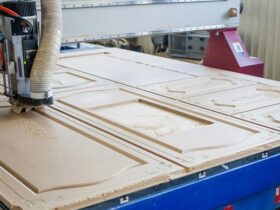It turned out that the moisture content of the wall layer with the duration of the “rest” in 10 days decreased compared to the humidity to the boyfriend of the piles. However, the author did not indicate where the water disappeared.
Therefore, it should be assumed that part of the free water over time was absorbed into the concrete walls, which can be explained by a decrease in humidity. In this regard, it should be noted such experiments about. Ordge and in. Broms in which, in order to exclude the absorption of water into concrete, the side surface of the pile was coated with bitumen.
Kinetics of increasing the bearing capacity of piles studied p. R. Tikunov, immersed reinforced concrete piles with a cross section of 30×30 cm and a length of 9 to 15 m in multi -layer soils, consisting of fluvi -global sandy loams, loams and black, obviously, yurian clays. After immersion, the piles were tested dynamically several times after different terms (0, 2, 5, 8, 33 days) and once in a static way. The main conclusion made by Tikunov is that the increase in the resistance of the piles in these soils in time occurs unevenly: during the first two days after clogging, the resistance reaches approximately 150%, and after 2-3 of the next day-180% of the pile resistance determined directly After clogging. The resistance of the pile after 6 days of “rest” reaches 80% of its resistance, determined by static loading about a month after the clogging. Based on these few tests, Tikunov recommends starting tests after 6 days of “rest”.
The question of the duration of the process of “sucking” piles, and therefore the achievement of the maximum bearing capacity, is one of the main ones in the problem under consideration, since the correctly assigned time for testing trial piles will allow the builder to establish their actual bearing capacity corresponding to future work in construction. However, despite the obvious need to study this factor, special research on this issue has not yet been conducted. Therefore, in the literature there are a variety of recommendations on the terms of testing piles in clay soils.






